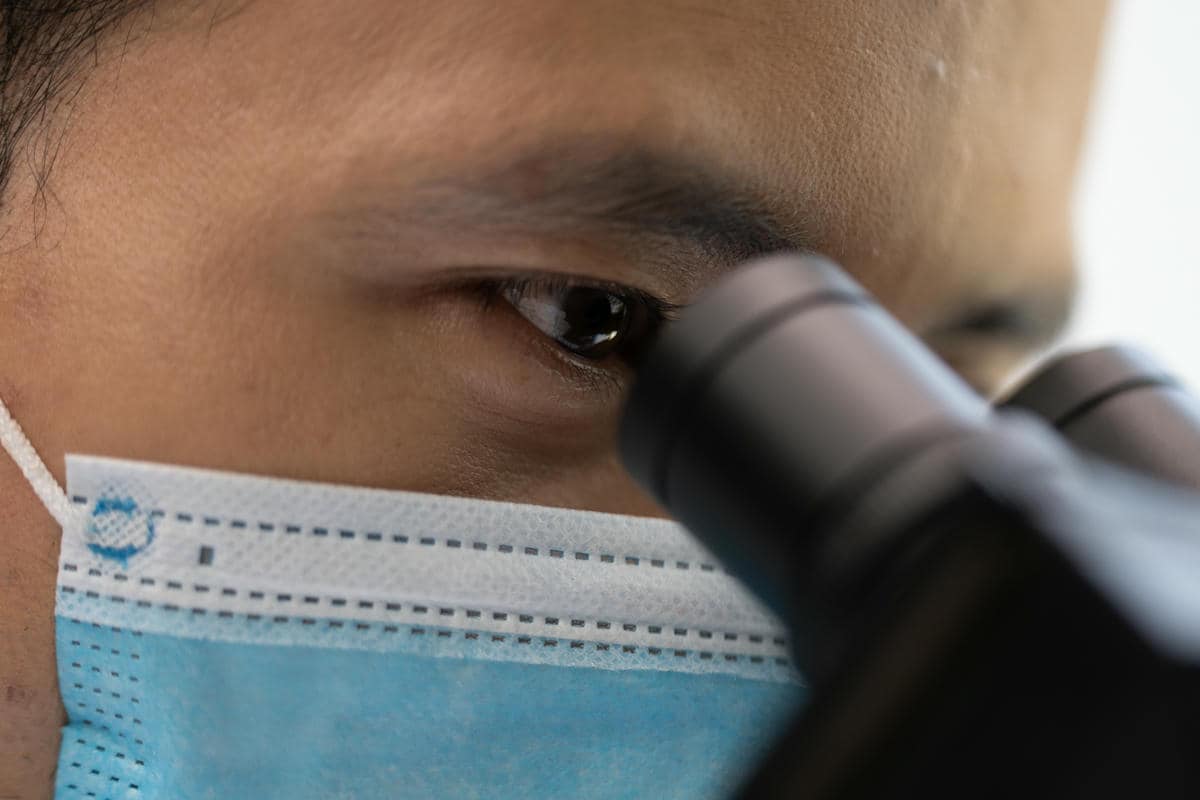Dr Natasha Lim performs LASIK surgery used by NASA for their Astronauts and the US Military for their Aviators. This technology involves customising treatments for each patient using Wavefront-Guided LASIK which benefits patients by providing them with better, improved night vision after their LASIK surgery. Lasik surgery is split into 3 main steps:Advanced Wavescan to gather …
Dr Natasha Lim performs LASIK surgery used by NASA for their Astronauts and the US Military for their Aviators. This technology involves customising treatments for each patient using Wavefront-Guided LASIK which benefits patients by providing them with better, improved night vision after their LASIK surgery.

Lasik surgery is split into 3 main steps:
- Advanced Wavescan to gather information on a patient’s night-time optical disturbances eg starbursts, glare
- Femtosecond Laser Bladeless LASIK Flap creation
- Excimer Laser to re-shape cornea thereby erasing myopia, hyperopia and astigmatism
Advanced Wavescan
The advanced Wavefront-Guide Aberrometer uses Hartmann-Shack technologywavescan system to scan each eye over the pupil using 1257 data points to measure the wavefront of the eye to create a unique map for treatment. This wavefront-guided scanning system provides great precision in measuring irregularities in the eye and not only does it help patients achieve independence from the need for spectacles, it also helps improve visual quality and contrast sensitivity significantly in low-light areas.

Femtosecond Laser Bladeless LASIK Flap creation
Modern LASIK surgery features a bladeless technique to create a LASIK flap called the femtosecond laser system which is also known as “All-Laser LASIK”. The bladeless LASIK flap is performed in only 15 seconds using minimal energy to create the thinnest flap possible for speedy recovery. The procedure is totally pain-free.
This ensures that there will not be any damage to the cornea for long term safety and stability and Dr Lim’s LASIK surgeries are truly bladeless using this method.
Excimer Laser Vision Correction
The next step is Iris Recognition (IR) which is necessary for compensating for cyclotorsion that occurs in an eye when the patient goes from the upright position to lying down. Cyclotorsion occurs when the visual axis of an eye is rotated. This can be caused by misaligned laser ablation which can cause irregular astigmatism and diminished visual clarity. Even 2 degrees of torsional error can induce higher-order aberrations in the eye.
Iris Recognition (IR)’s Wavefront-Guided treatment gives more accurate outcomes because the treatment uses Iris Registration technology that ensures delivery of a well-centered treatment and variable spot-scanning that helps with tissue saving. Each individual eye is given tailor-made vision provided by this system and the excimer laser treatment is applied under the corneal flap. This technology has a long track record of successfully re-shaping one’s cornea for the correction of myopia, presbyopia and astigmatism.







